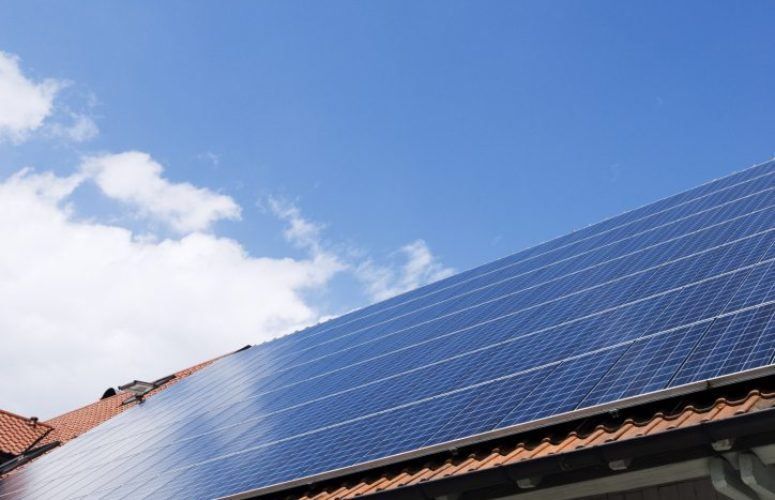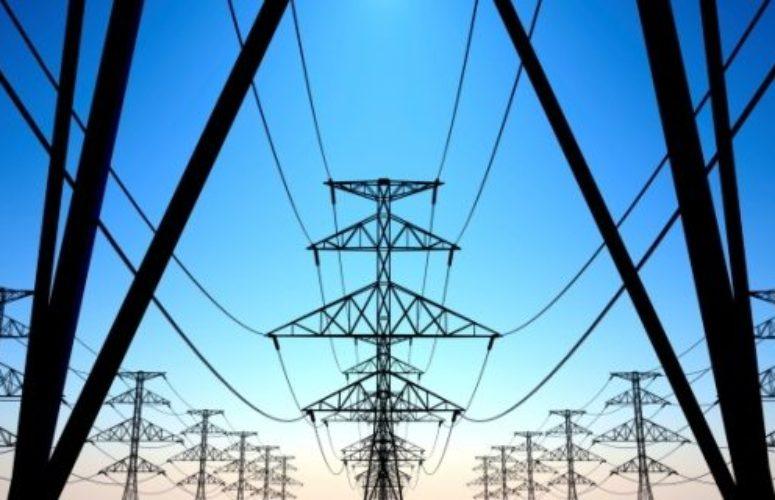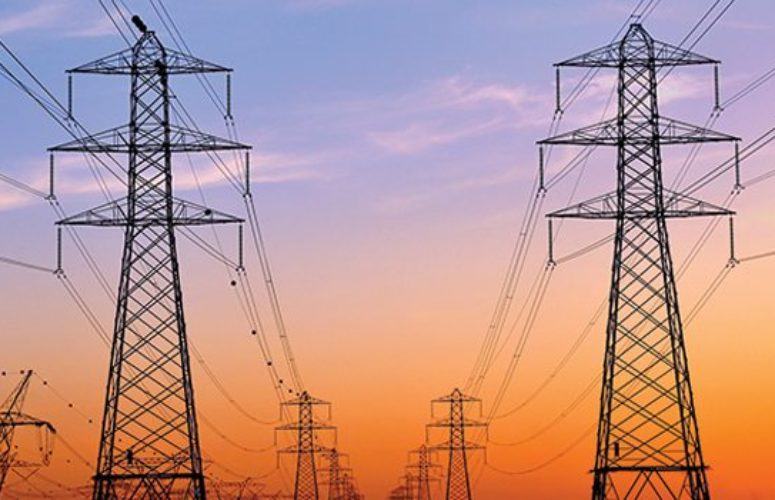
NJ Board of Public Utilities to Begin State of Solar Market Review
On Sep 22, 2017The New Jersey Board of Public Utilities (Board) directed staff to open a proceeding to review the state of the solar market in New Jersey and, in doing so, to solicit input from all stakeholders in the solar industry culminating in public hearings to be held in across the Garden State.
“New Jersey’s solar program has been highly successful,” said Richard S. Mroz, president, N.J. Board of Public Utilities. “We are fourth in the nation in the cumulative amount of installed solar capacity with 94 percent of all solar projects and solar capacity developed during Governor Christie’s term in office. And just yesterday, we announced that the solar industry in New Jersey has surpassed 80,000 completed solar projects that are providing more than 2.25 gigawatt of solar generation capacity.”
The Board acknowledged the significant changes in the technology and installation practices, economics and the financial models of the solar industry over the years. Therefore, the Board found it prudent at this time to solicit input from stakeholders in all segments of the New Jersey solar market regarding how the Board should manage the market in the future.
In the eighteen years since the Electric Discount and Energy Competition Act of 1999, the solar photovoltaic industry in the state has grown from a small market focused on research, development, and demonstration to a multi-million dollar industry with thriving, diverse businesses supplying services in a variety of different competitive market segments. By the end of August 2017, there were 80,366 solar projects installed throughout the Garden State with total capacity exceeding 2,252 megawatts (MW) or 2.25 gigawatts (GW).
As the solar market has matured, the volume of solar modules manufactured and sold has increased, the efficiency and efficacy of systems have improved, and the installation and sales practices of solar installers have become more refined. The economics and the financial models of the solar industry have also changed significantly during the years that the Board has overseen the development of New Jersey’s solar market. As the total installed cost of all types of installations has fallen, the levelized cost of solar electricity generation has plummeted.
As a result, the Board directed staff to:
- To convene all interested parties to participate in a generic proceeding to review the state of the solar market,
- To develop a list of topic areas and questions upon which the stakeholders should provide written or oral comment,
And, to avoid confusion in the market, the Board suspended implementation of N.J.A.C. 14:8-2.4(g) until such time as the generic proceeding shall be concluded and the Board shall end the suspension.
Among the topics that may be considered in the forthcoming solar proceeding are the cost differential between residential and utility scale solar projects and the potential for designing different incentives for grid projects than those for residential and business customers to minimize or eliminate the impact of grid projects on the residential and commercial solar marketplace.
The Board further directed staff to scrutinize the entire suite of solar incentive policies for cost-effectiveness, equity, and efficiency. For instance, the current state of the RPS is of concern given the steady, sustained rate of new capacity entering an SREC market that grows at an annual rate of 0.09% of retail sales per year. Furthermore, staff will review rate impacts on residential and business customers; environmental benefits of solar generation reducing the generation and consumption of electricity produced by traditional sources of electricity; the impacts that ground mounted grid supply and large net metered installations can have on local ecosystem benefits of open space; and land use implications.
During the market review, all existing solar programs will continue to operate in accordance with statute, regulation and/or Board orders with one exception. The Board has suspended the process for designating grid supply projects as “connected to the distribution system.”
Related Articles:





